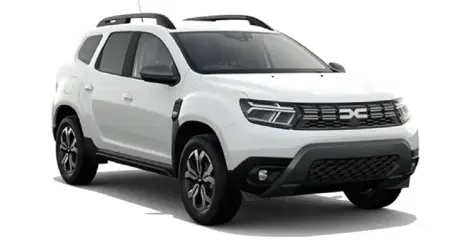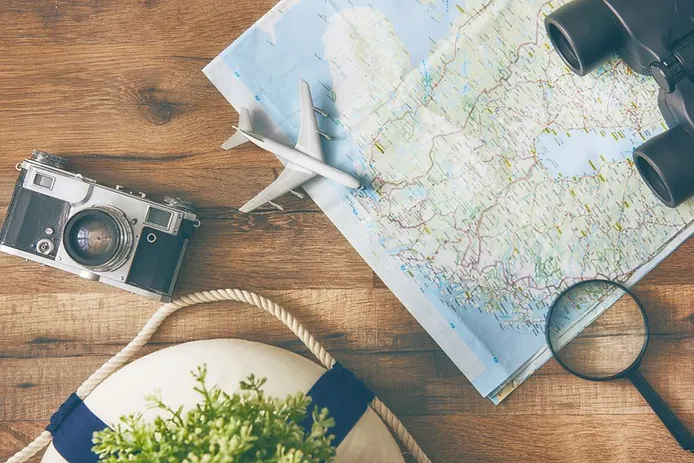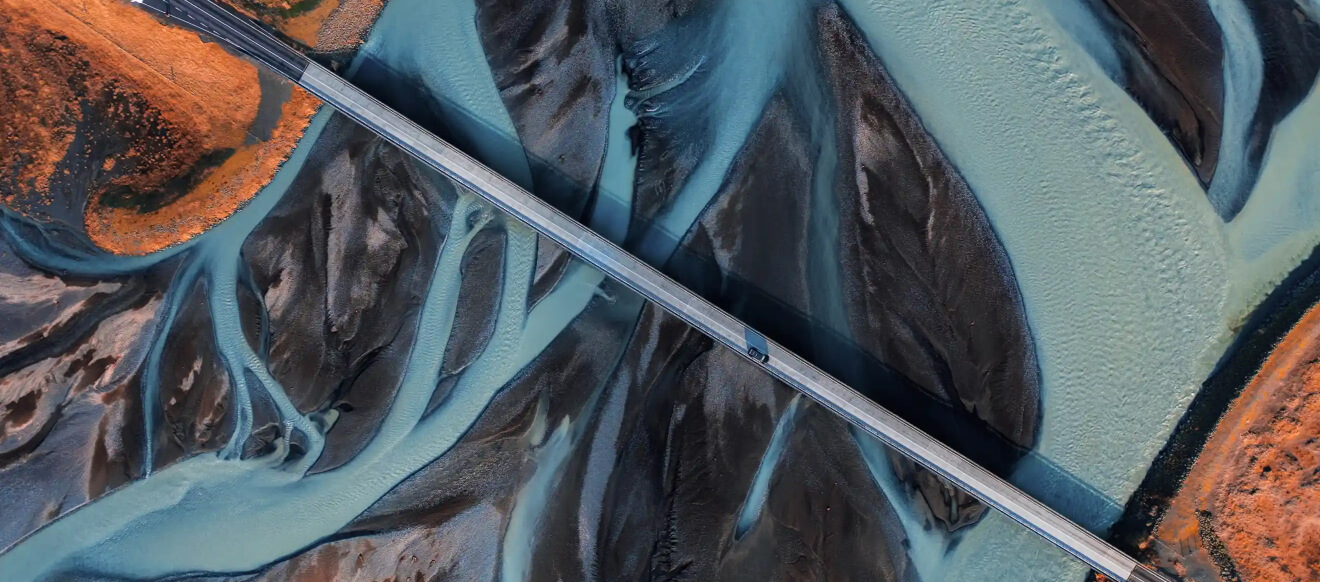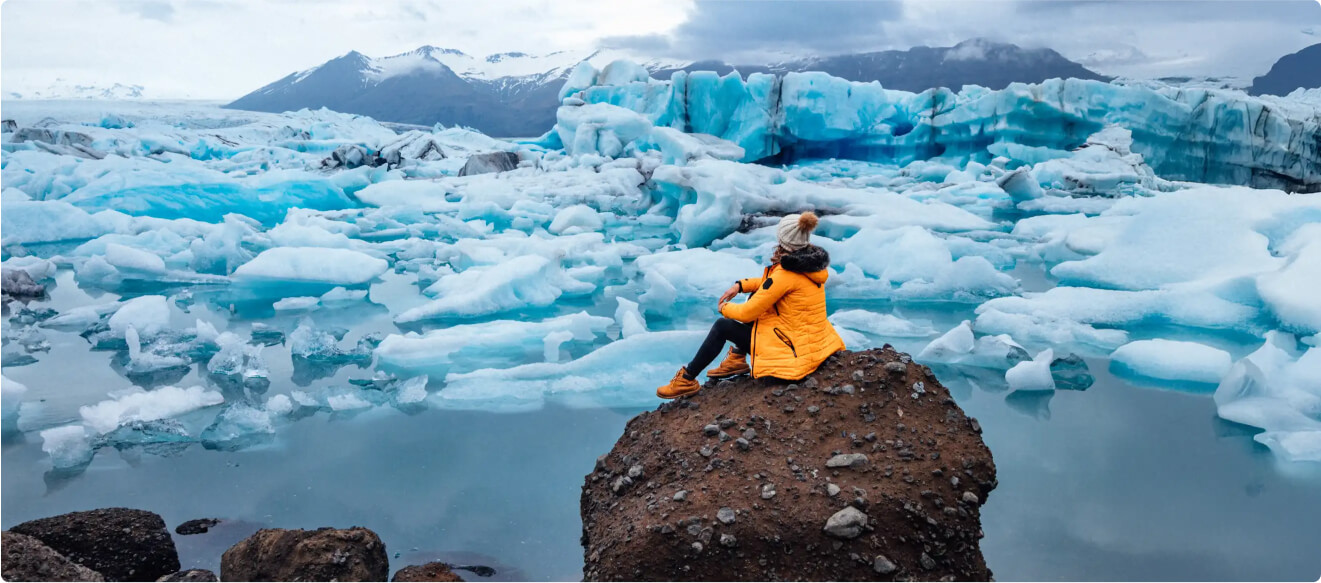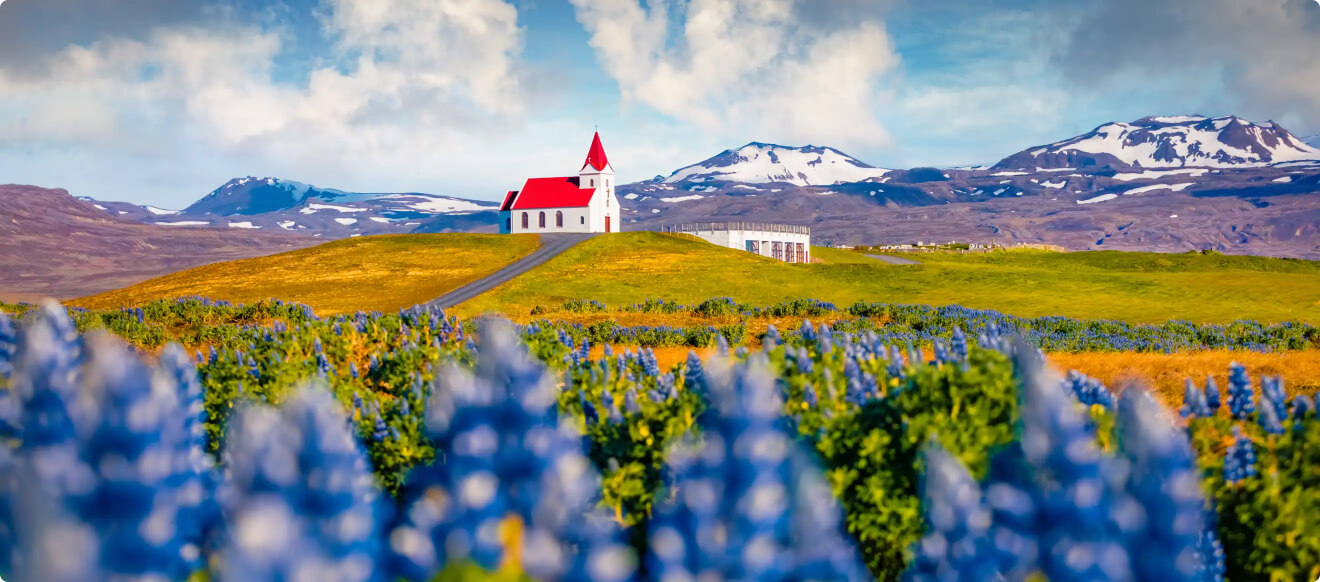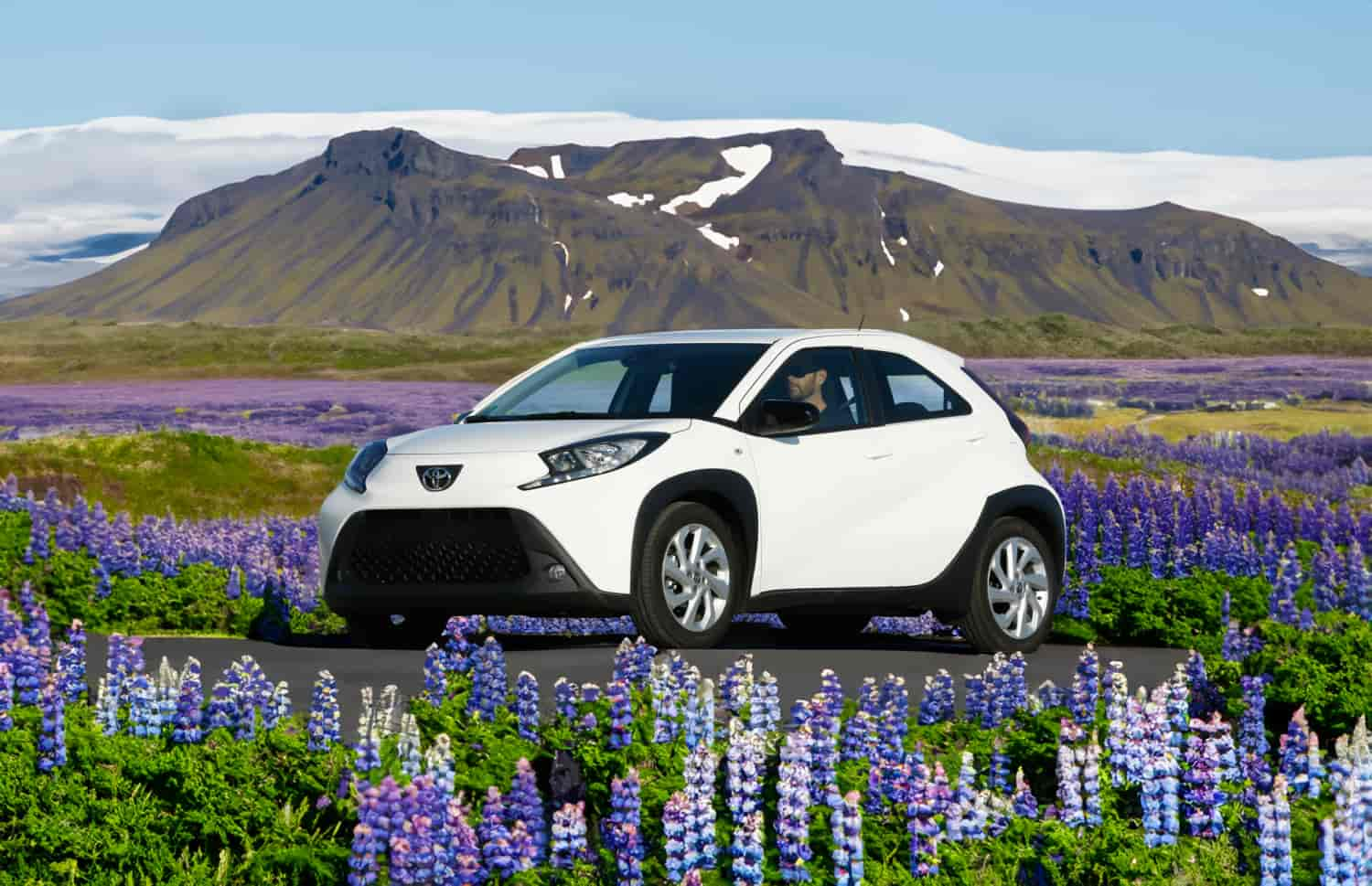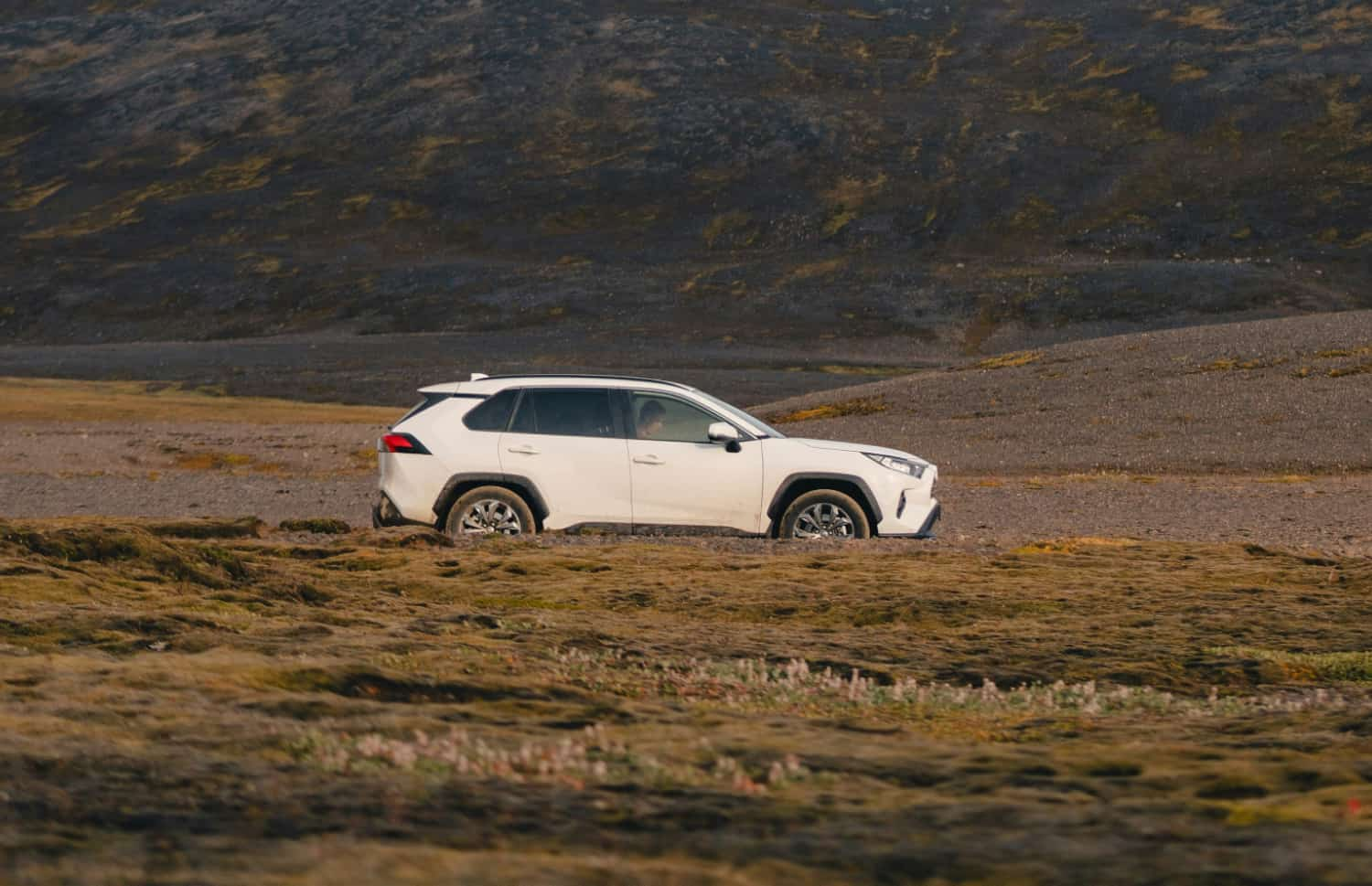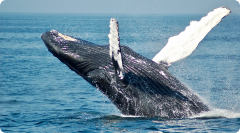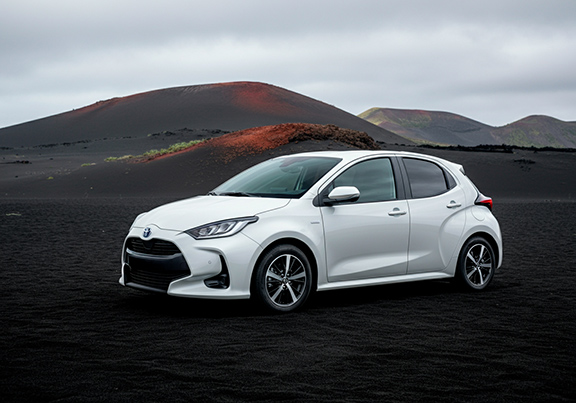Iceland is an amazing country that offers you things to do all year round. Just make sure to scope what you want to do before picking a date to really nail the best time to visit Iceland.
Determining the best time to go to Iceland is impossible. Every month of the year is unique and offers different activities, happenings, and the quality of the attractions. The best time to visit Iceland is simply whenever you can do what you want, but knowing when that is, is tricky. Luckily, we put together an article to help you with finding out just that.
Is there One Time That is Best in Iceland?
If you ask us, the answer will be that the best time to visit Iceland is going to be anytime between January 1st and December 31st. Then you’re also welcome to stay for the New Year's Eve festivities, since it is a remarkable celebration all over the country.
Truth be told, there is not one best season or one best month to go to Iceland. It all depends on who is going, what they like to do, and what expectations they have.
If you go to Iceland in the summer to see the Northern Lights, you will figure out quickly that there simply is none of that light visible. In the same way, if you go to Iceland in the winter to brave the mountain roads, you’ll see that they are completely closed off for the season.
So, when it comes to the best time to visit Iceland, it all depends on who is going and what they want to do. It can be September and March to see the Northern Lights, or between June and August for summer activities.
If it depends on the budget, then summer brings peak prices. While the off-season can be more affordable. Iceland's off-season spans September to May, with fewer tourists and lower prices on flights, car rentals, and hotels, especially January through May.
When is the Best Season for Iceland?
In Iceland, the running joke about weather and seasons is that you can experience all four seasons in a day. Note that, regardless of the season, the wind is often a constant companion. The temperatures very rarely become colder than minus 5 degrees Celsius or warmer than 20 degrees Celsius.
However, weather and temperatures are just one part when it comes to a holiday abroad. Iceland offers an incredibly broad variety of experiences throughout the year. These will cater to more or less anyone’s expectations and has very little to do with the weather.
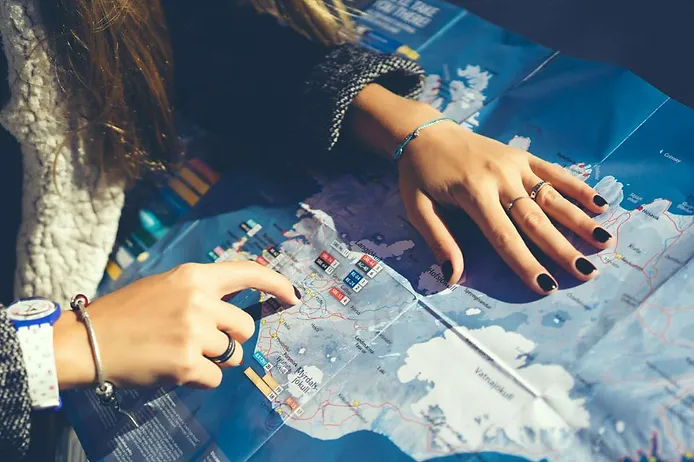
What Makes Summer the Best Season to Visit Iceland?
What is the peak season in Iceland? If we looked at the statistics, the Iceland summer would seem to be the best time to travel there due to the high number of visitors. Iceland's high season runs from June to August, offering mild weather, extended daylight, summer festivities, and a wide array of available activities.
Do visit Iceland in summer (June-August) for the midnight sun and milder weather. For hiking, July and August are ideal. Bear in mind the summer is not the best time for the Aurora; for the Northern Lights, February, March, September, and October are prime.
June to August offers the sunniest weather for visiting Iceland, ideal for outdoor activities. This period sees Icelanders vacationing, especially from late June to early August. Iceland's warmest period is July and August with temperatures between 10-12º Celsius (50-55°F), attracting visitors, while June's endless daylight also draws crowds.
Summer is the time of year in Iceland when you will experience the mildest and warmest weather, so plenty of people prefer to come here during this season. Even though you can experience the vast majority of attractions for the rest of the year, it’s easier to do if the weather is not bothering you.
The Icelandic summer is also the time of year when the animals are the most active and put on the best show. If you love to be in nature, summer is likely to be the best time to travel to Iceland, as you will have access to most attractions and nature sites.
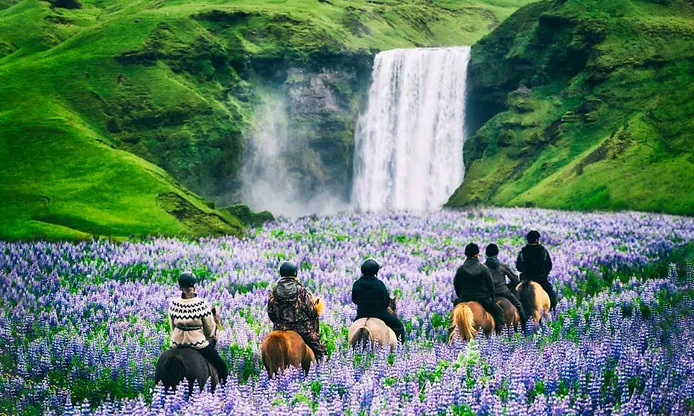
What Makes Winter the Best Season to Visit Iceland?
Have you ever seen those “winter wonderland” movies and wanted to experience them in real life? Well, there is usually an Iceland winter wonderland from December to February. In the north, it starts even earlier and lasts for longer. Still, the best time to visit Iceland in winter for this kind of stuff will be December and January.
The winter season is also the best time to visit Iceland when it comes to the Northern Lights. It is an astonishing phenomenon that we wish everyone could experience at least once or twice in their lifetime. In the winter, the nights are long and dark. So, when the Northern Lights in Iceland make an appearance, you get the most spectacular show you could possibly get.
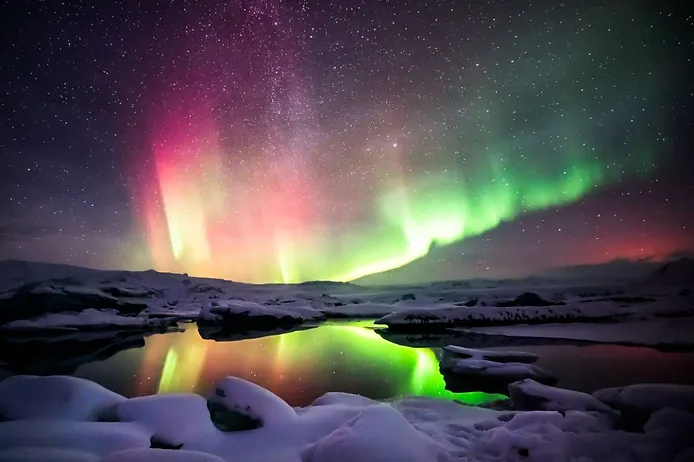
What Makes the Shoulder Seasons the Best Time to Visit Iceland?
The unsung heroes are the shoulder seasons for those exploring Iceland on a budget and who are not too picky about the weather. Iceland's shoulder seasons are mid-May to late-June and early September to mid-October, offering fewer tourists and many peak season activities.
Both spring and autumn can be the best time to visit Iceland if you want to experience the full force of weather and wind.
You are likely to be able to experience any attractions you want for a slightly cheaper price, too. That's due to the summer and winter being both high seasons in their own ways. The shoulder seasons are the best time for photography in Iceland if you want to see nature come to life or see the colors of the leaves change.
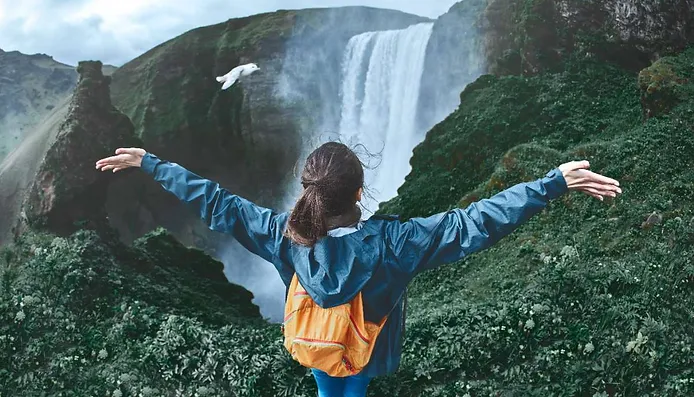
When is the Best Time to Visit Iceland for You?
As you might have figured out, the best time to visit Iceland is heavily impacted by you and what you intend to do with your holiday.
For Watching Puffins
These little sad clown birds have become local celebrities in Iceland. The North Atlantic Puffin bird can be found all over the North Atlantic, but an astonishing 60% of all these birds come to Iceland in the summer.
In the winter, they go out to sea and feast in the nutritious waters. So, the best time to see Puffins in Iceland will be during the summer months of April to September.
For the Northern Lights
One of the biggest attractions in Iceland is the Northern Lights. These lights can be seen all over the Northern Hemisphere above the arctic circle. A similar thing, the southern lights, can be seen on the other side of the planet.
For optimal Northern Lights in Iceland, aim for September-March, due to long nights. Avoid full moon periods, which can overshadow the auroras. The best time to see Aurora Borealis in Iceland is then definitely all throughout the dark winter months.
In order for the Northern Lights to be seen, it needs to be almost completely dark and cloud-free. The governmental weather forecast, Vedur.is, will tell you when and where you are likely to see the lights. You shouldn’t be scared to hit the roads at night, just drive safely. Try out one of the many luxury cars in Iceland to put an extra flair to your Northern Lights watching.
There is no specific best month for this, but it’s always nice to see the lights somewhere around Christmas. It gives you a higher sense of wonder, so if you want to experience something extra magical, the best time to see the Northern Lights in Iceland will be at Christmas.
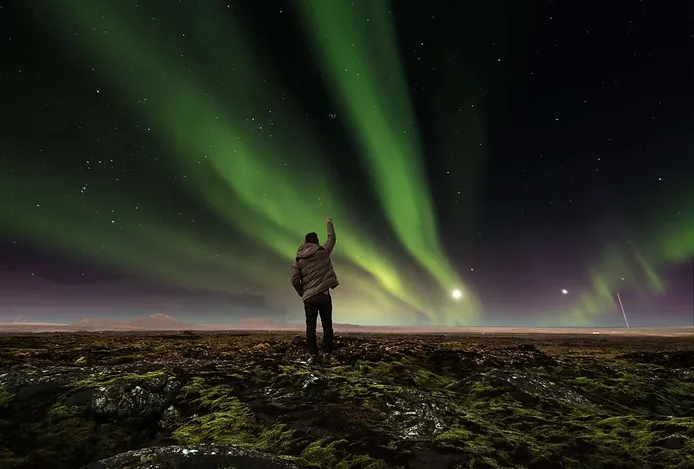
For Going to Festivals
When you think of Iceland, you are not likely going to think of party people. The Icelanders are best known for being hardy Viking-like humans in the north that somehow are just taller than most other people. They are, however, very much in party mode from the first sign of spring to the first sign of autumn.
June and July will likely be the best time to visit Iceland if you want to experience as many festivals and happenings as possible. This is the best season to visit Reykjavík if you want the buzzing of a city in the north.
To Be in the Countryside
If you are one of those who would rather take a rustic cottage in the countryside over a flashy hotel in the city, Iceland is going to be the place to be.
The routes here are well maintained, and you’ll find many charming towns in Iceland. There you can stop for a quick lunch or to find accommodation as you drive through the countryside, so we strongly recommend doing this.
The best time to get the most out of your countryside experience in Iceland is in the summer. That's when you can enjoy nature without being blown away (literally).
If you want to have the cozy experience, winter and shoulder months are better suited. You will get to sit inside next to the fire while the wind howls outside your door. This is best paired with hot chocolate and some sugary cookies. Two things Iceland has an abundance of.
To Camp in the Highlands
Many people come to Iceland to experience the breathtaking nature, and no nature can hold a candle to the Icelandic highlands! A vast, fascinating, volcanic desert filled with moonlike landscapes. You'll enjoy large glaciers, beautiful waterfalls and hot natural pools.
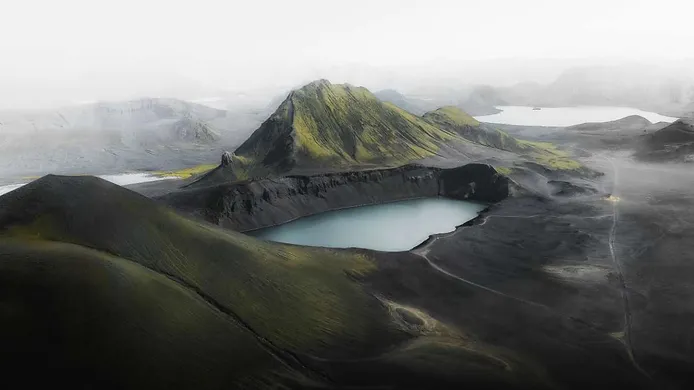
It’s a remote area, perfect for those looking to escape the crowds during peak season. However, you’ll have to rent a 4x4 in Iceland to access the Highlands, as you’ll need to drive on mountain gravel roads. These are known as F-roads, that can only be legally accessed with a 4WD vehicle. The F-roads for the Highlands open during the summer season.
In the highlands, it’s extra important to keep to the trails, though, as the highland fauna is very delicate. You don’t want to be the visitor that causes damage to the nature you are enjoying. You can camp in the highlands in the designated spots, so check the map and plan your hike to get the best possible experience.
To do Something sporty
Iceland is, in a sense, still the land of still living and active Vikings. Sport is the new combat, and Icelanders are completely and madly in love with every sport, extreme or not. They are so dedicated that their soccer team has been making incredible headway in both the European and World Championships.
More common sports, like running and skiing, are done in their respective parts of the year. This means that the best time to ski in Iceland will be in the middle of winter when the snow lies thick, and the many slopes are open. The best time to visit Iceland for summer sports is obviously going to be in the summer. Yet, we always encourage people to visit Iceland at the end of August to experience the Reykjavík marathon.
To go Whale-Watching
Did you know that the sea around Iceland is home to 12 different whale species? And that there are an additional 11 species that have been spotted around the country?
If you want to have a high chance of spotting whales, you should probably visit Húsavik – the whale capital of Iceland. The statistics from that town are that they see whales around 97% of the time they go out, and they launch multiple tours every day in peak time.
The best time for whale watching in Iceland will be in the summer, since many whales will migrate to other places in the wintertime. However, Orca watching in Iceland has the spring as the best time. The killer whale’s food tends to flock in the fjords, and these clever mammals are not late to the party.
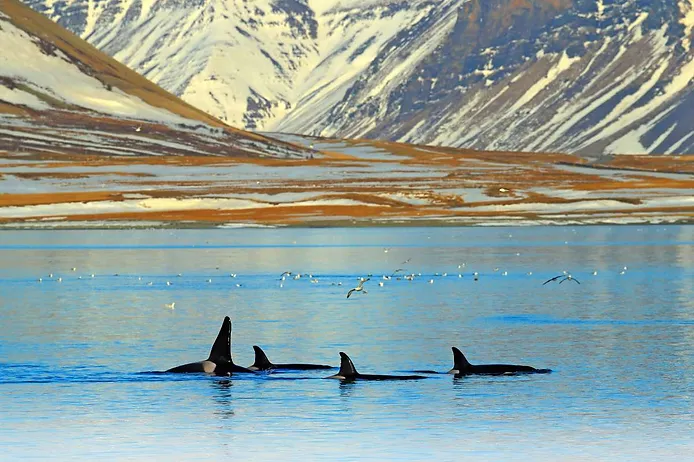
To Visit the Spas
If anyone ever goes to Iceland and doesn’t get into one of the many hot springs or spas, they need to re-evaluate their choices. Spas in Iceland range from the luxurious Blue Lagoon spa to the many natural hot springs all over the country.
The best time to visit the Blue Lagoon in Iceland will be at any point of the year. You simply can’t go wrong with this place. We do recommend visiting the natural hot springs in the summer months so that you don’t get sick after your swim, though.
To See Jökulsarlon and Diamond Beach
The Land of Fire and Ice has a fair bit of ice that you can visit in Jökulsarlon at any time of the year. We recommend going there in the summertime if you want to have a boat ride on the water. The wintertime is perfect if you wish to go into one of the many ice and glacier caves in the area.
The best time to visit Diamond Beach is also going to be in the summer. You'll probably want to enjoy strolling on a pitch-black beach with diamond-like miniature icebergs all over the place.
When are the Worst Times to Visit Iceland
We are going to make this short and concise: there is no such thing. There is always something to do in Iceland, but you need to pick the time that suits you the best. The pros and cons of the Icelandic summer are proof of that. There is no “one size fits all” when it comes to Iceland’s seasons.
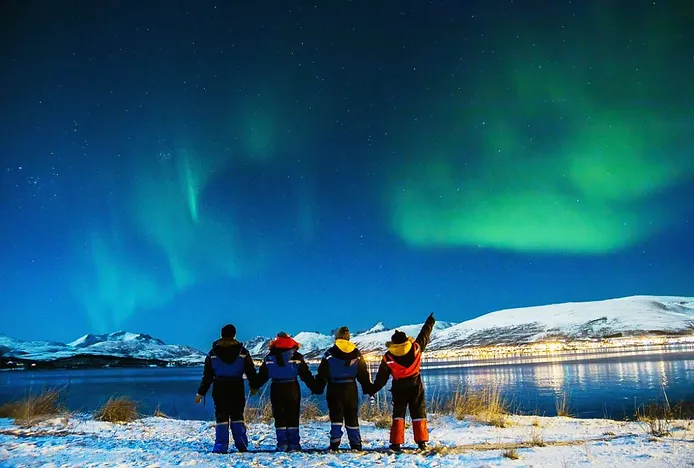
Having the Best Time in Iceland
If you want to experience the capital of Iceland in a different light, go to Reykjavík in the winter. It is a fantastic place with Christmas markets and everything.
If you wish to experience nature, there is no telling when it is best to visit Iceland. However, what you aim to see on the island will be the determining factor, and we guarantee that you can go there almost any time and have a good time.
Just make sure to rent a car in Iceland if you want to properly explore the country. Tours only get you so far.






